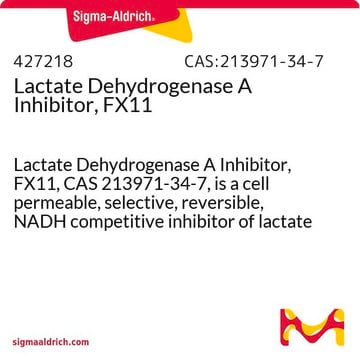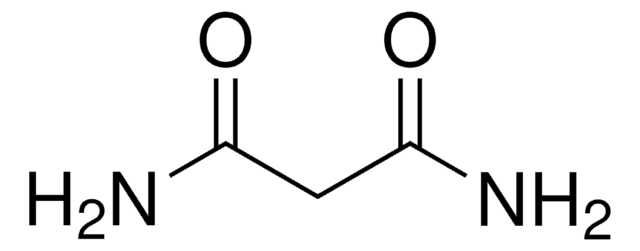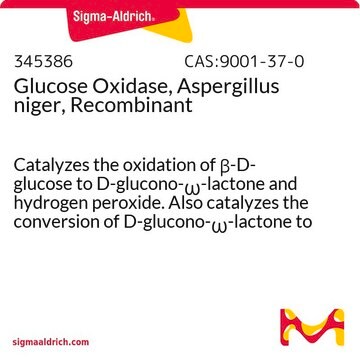O3750
Oxamic acid
≥98%
Synonym(s):
Aminooxoacetic acid, Oxalic acid monoamide
Sign Into View Organizational & Contract Pricing
All Photos(1)
About This Item
Linear Formula:
NH2COCO2H
CAS Number:
Molecular Weight:
89.05
Beilstein:
1743294
EC Number:
MDL number:
UNSPSC Code:
12352100
PubChem Substance ID:
NACRES:
NA.22
Recommended Products
Quality Level
Assay
≥98%
form
powder
mp
207-210 °C (dec.) (lit.)
SMILES string
NC(=O)C(O)=O
InChI
1S/C2H3NO3/c3-1(4)2(5)6/h(H2,3,4)(H,5,6)
InChI key
SOWBFZRMHSNYGE-UHFFFAOYSA-N
Looking for similar products? Visit Product Comparison Guide
Application
Oxamic acid (OA) can be used as a reactant to prepare 6-phenanthridinecarboxamide by direct C-H carbamoylation reaction using ammonium persulfate in DMSO. It can also be used as an organic ligand to prepare functionalized metal oxide nanoparticles for various biological applications. OA along with p-aminobenzoic acid is used to functionalize Au nanoparticles for the development of a sensor to detect Fe3+ ions by the calorimetric method.
Storage Class Code
11 - Combustible Solids
WGK
WGK 3
Flash Point(F)
Not applicable
Flash Point(C)
Not applicable
Personal Protective Equipment
dust mask type N95 (US), Eyeshields, Gloves
Choose from one of the most recent versions:
Already Own This Product?
Find documentation for the products that you have recently purchased in the Document Library.
Customers Also Viewed
Carboxylic acid-stabilised iron oxide nanoparticles for use in magnetic hyperthermia
Thomas, Luanne A, et al.
Journal of Materials Chemistry, 19(36), 6529-6535 (2009)
Xuguang Yang et al.
Cancer immunology research, 8(11), 1440-1451 (2020-09-13)
The mechanisms responsible for radioresistance in pancreatic cancer have yet to be elucidated, and the suppressive tumor immune microenvironment must be considered. We investigated whether the radiotherapy-augmented Warburg effect helped myeloid cells acquire an immunosuppressive phenotype, resulting in limited treatment
Metal-, Photocatalyst-, and Light-Free Direct C-H Acylation and Carbamoylation of Heterocycles
Westwood MT, et al.
Organic Letters, 21(17), 7119-7123 (2019)
Richard A Ward et al.
Journal of medicinal chemistry, 55(7), 3285-3306 (2012-03-16)
Lactate dehydrogenase A (LDHA) catalyzes the conversion of pyruvate to lactate, utilizing NADH as a cofactor. It has been identified as a potential therapeutic target in the area of cancer metabolism. In this manuscript we report our progress using fragment-based
Adam D Moorhouse et al.
Chemical communications (Cambridge, England), 47(1), 230-232 (2010-08-03)
hLDH-5 has emerged as a promising target for anti-glycolytic cancer chemotherapy. Here we report a first generation of bifunctional inhibitors, which show promising activity against hLDH-5.
Our team of scientists has experience in all areas of research including Life Science, Material Science, Chemical Synthesis, Chromatography, Analytical and many others.
Contact Technical Service











